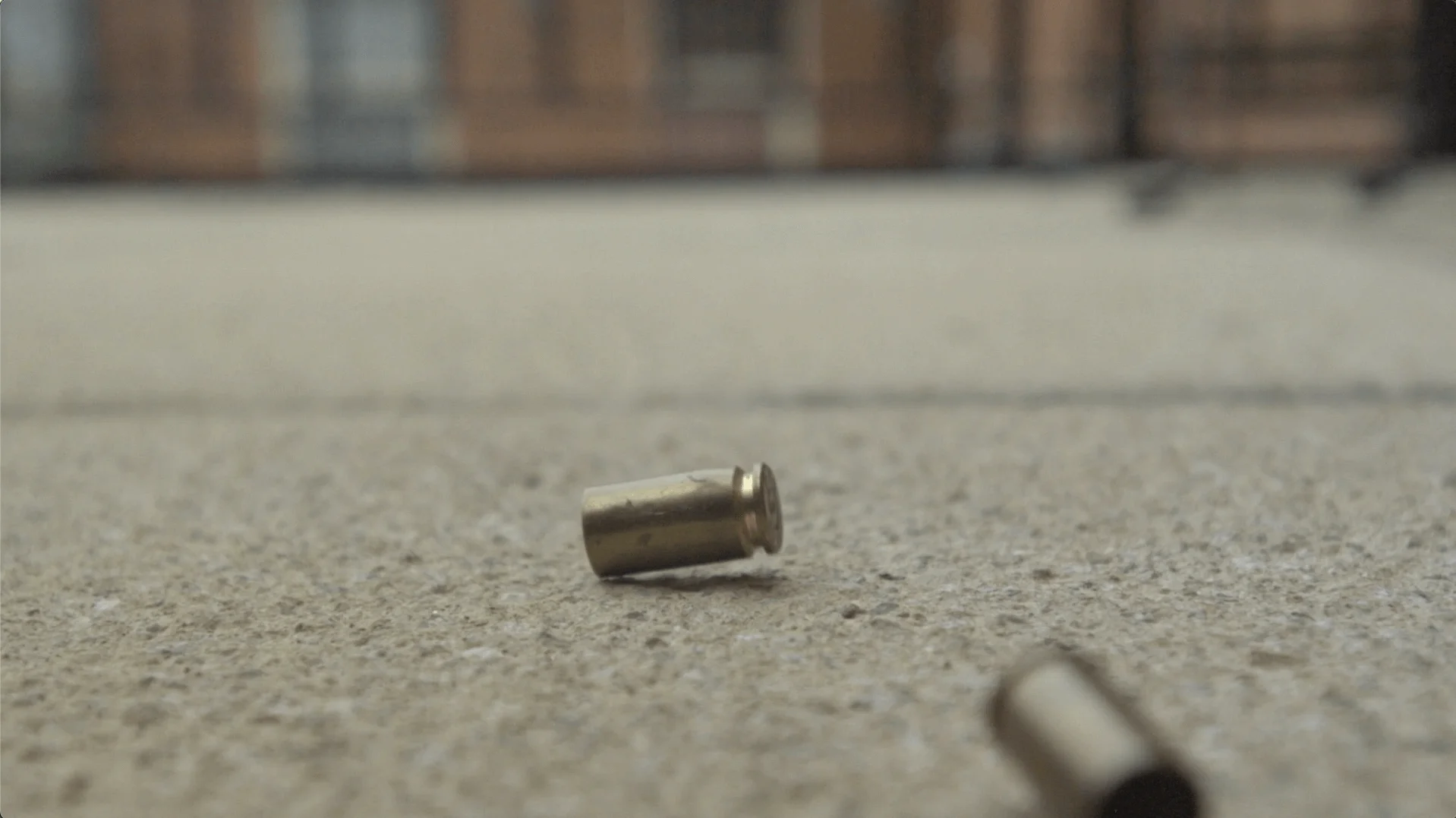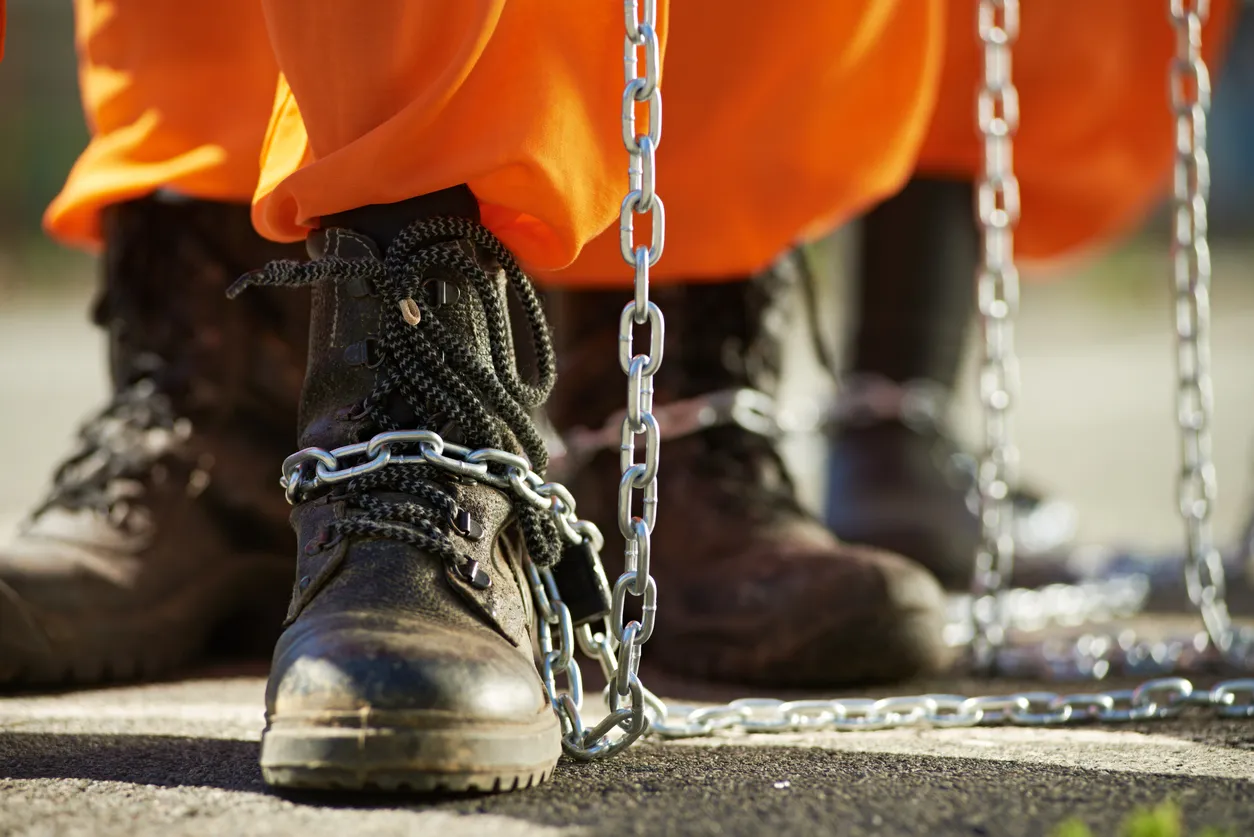In an effort to solve this public health crisis, the ATF established the concept of a crime gun intelligence center (CGIC) in 2016 to identify serial shooters and their sources of crime guns, disrupt criminal activity, and prevent gun violence.
Now, 25 CGICs are strategically located across the nation, all operating under the cohesive CGIC methodology and best practices enumerated in the ATF whitepaper Crime Gun Intelligence: An Evidence-Based Approach to Solving Violent Crime.
In this article, we will examine the four CGIC best practices for NIBIN sites, why challenges tend to arise during the third and the fourth phases and explain how SoundThinking™’s CaseBuilder™ Crime Gun solution works with CGICs to produce more effective investigations.
Four CGIC Best Practices for NIBIN Sites
- Comprehensive Collection: Comprehensive collection is the foundation for NIBIN. Therefore, it is imperative to develop and institute agency/department policies to recover and process through NIBIN all suitable ballistic evidence from crime scenes.
- Timeliness: Violent crime investigations can go cold quickly. As a result, timely intelligence gained through NIBIN may be critical to solving violent crimes and preventing violent offenders from reoffending.
- Investigative Follow-Up: NIBIN provides valuable intelligence and leads for the identification, investigation, and prosecution of associated violent crimes and shooters. It is therefore imperative to develop and implement a plan to integrate NIBIN with other forms of intelligence in investigating violent crimes. This includes:
- Triaging NIBIN leads to determine investigative priorities and tasks
- Identifying information needed by investigators to follow up
- Forwarding NIBIN leads to the submitter and the ATF field division CGIC
- Ensuring open communication between all investigative, intelligence, and lab resources
- Tracking the dissemination/results of NIBIN leads
- Developing and instituting methods to streamline notification procedures of NIBIN leads to investigators
- Following up regularly to determine if further changes are necessary
- Feedback: Feedback for all parties involved in the NIBIN process is vital to sustaining a successful NIBIN program. This information emphasizes each party’s crucial role in targeting shooters and improving communication among stakeholders and leads to improvements in the NIBIN process and the use of crime gun intelligence (CGI).
Why Do Problems Arise During Phases 3 and 4?
The two biggest problems that arise during investigations concern the prioritization and tracking of cases. Agencies that have figured out how to successfully navigate both of these case management components have the highest clearance rates, but getting to this point can be problematic. To understand why, let’s first discuss issues around prioritization.
Prioritization Problems
The truth is not all crime gun intelligence is equal. Some ballistic matches or crime gun traces will be more relevant to an investigation than others. Combine this with the fact that gun crime has exponentially increased in recent years, and that the vast majority of law enforcement agencies are understaffed, and you have a very problematic situation on your hands. Agencies are overwhelmed with case volume as well as the volume of leads. A system of triage is essential in order to ensure that resources are properly allocated, but many agencies are currently facing a lack of time, staffing, and processes, to prioritize these relevant leads accordingly. As a result, cases continue to go unsolved and offenders are left at large to commit more crimes.
Tracking Issues
Additionally, many agencies managing their gun crime cases within their record management systems are facing significant challenges with regard to case tracking. This ties back to prioritization because without a sound prioritization system in place, it can be difficult to determine which tasks need to be assigned to which detective. This can lead to note-taking and information sharing being disjointed and disorganized. Additionally, successful crime gun intelligence programs must have coordination with state and federal prosecutor’s offices as well as labs, but many record management systems currently lack the infrastructure and privacy configurations to share relevant case data with relevant stakeholders across departments, jurisdictions, or with prosecutors. This can present major challenges when it comes to building a case and submitting a case for prosecution.
How CaseBuilder Crime Gun Works in Tandem With Crime Gun Intelligence Center Principles

CaseBuilder Crime Gun is a comprehensive case management solution that provides critical support with investigative follow-up and feedback, the two phases in the investigative process that repeatedly prove to be the most challenging.
With CaseBuilder Crime Gun, it’s easier for agencies to:
Import and capture data from CGIC to departments working on cases. As mentioned before, investigators are currently overwhelmed with indiscriminate leads cluttering their inboxes. CaseBuilder Crime Gun routes potential leads directly into workflow management systems so that the relevant detectives receive them promptly.
Assign cases to investigators based on priority. CaseBuilder Crime Gun makes it easier for investigative teams to determine which leads are the highest priority by providing relevant information about the four critical aspects of a crime gun intelligence lead: Geography, Events, Time, and Solvability factors (GETS).
For example, events that are deemed a higher risk to public safety will be given higher priority, as well as probable NIBIN hits that occurred within a brief time period and in close geographic proximity to one another. Additionally, cases with high solvability potential, including a witness statement or crime camera video, will also have increased priority as they present more immediate action items and opportunities for the investigative team to follow up on.
Share data between jurisdictions. Let’s say that there is a NIBIN correlation between a recent shooting case in Chicago and a case in Denver, Colorado that happened two years ago. Obviously, this will be a lower-priority lead for the Chicago investigator, given the span of time that’s passed, but the lead still has the potential to prove useful. If neither agency has CaseBuilder Crime Gun, the information tied to that Denver case may be more difficult to retrieve—and it’s entirely possible the investigator who worked on the case may not be in the department anymore and may not have their notes stored in a cohesive platform.
But if both departments have CaseBuilder Crime Gun, it will be easy to collaborate with affected stakeholders as well as with state and federal prosecutors’ offices with any relevant information linking crimes, guns, and suspects. Everyone will know what to expect and what is expected, making it easier to work together and clear cases in an organized, streamlined fashion.
Generate monthly statistics. With CaseBuilder Crime Gun, it’s easier to generate monthly statistics to support grant reporting requirements so that your agency can get the funding that it needs to continue clearing cases efficiently and effectively.
Conclusion
In 2022, gun crime remains a persistently pressing public health problem, and most agencies are understaffed and overburdened. Leveraging technology has become more important than ever before to streamline the investigation process, improve clearance rates, disrupt the shooting cycle, and keep communities safe.





